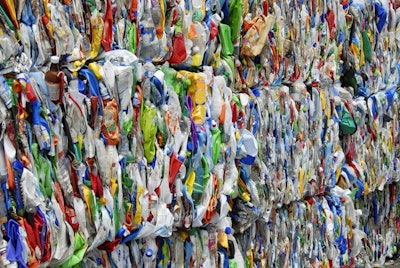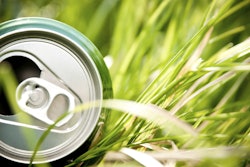
A recently released study designed to determine the type of plastic material contained in mixed rigid bales will serve as the basis for the continued expansion of plastics recycling beyond traditional containers and packaging. Commissioned by The Association of Postconsumer Plastics Recyclers (APR) and conducted by Moore Recycling, the study follows up on an initial survey conducted in 2011, which was the first such effort to determine the composition of various types of mixed rigid plastic bales in North America.
“As recycling rates continue to grow, understanding the type and tonnage available for recycling in North America will strengthen and advance investment in non-bottle rigid recycling,” says J. Scott Saunders, General Manager of KW Plastics and Chairman of APR.
“The 2015 National Mixed Rigid Bale Composition Study” focuses on material being generated in non-traditional bales of plastic. It was designed to demonstrate the types of plastic containers in the bales, demonstrate the value of separating the material, and encourage the continued expansion of plastics recycling to include non-bottle rigid material.
“This project is part of APR’s continued efforts to improve bale quality,” says Liz Bedard, Director of the APR Rigids Program. “In order to justify an investment to expand processing capacity, we must understand the different types of material available for reclamation.”
A total of 23 bales were sorted by resin and product type at four different North American facilities. A handheld resin ID unit was used to spot check for items that were not easily identified by sight, feel, or sound. Once the sorts were complete, each resin/product category was weighed and recorded, and samples of product categories were photographed. In total, between product categories and resin type, baled material was divided into 90 sorts.
Among the materials found, non-bottle containers made up the largest percentage at 18.3%, followed by bottles at 18.2%, and thermoforms at 17.3%.
The full study, available for purchase from APR, contains a breakout of each type of bale, sorted by product and resin categories and shows average percentage of each category in the bale. In addition, the appendix includes detailed sort data broken down both by bale type/product category and by bale type/resin. The report also includes comparative data from the “2010/2011 National Mixed Rigid Plastic Bale Composition Study & Analysis of Non-Bottle Rigid Plastic Available for Recycling.”
See the Executive Summary.























